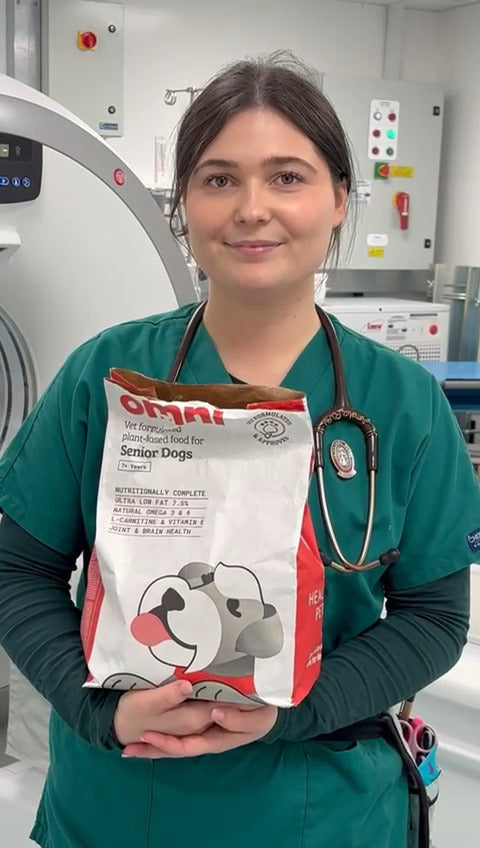Should I get my pet insured?

What does premium and excess mean?
Premium: The amount you pay monthly for your insurance. This can change with age and claims you make.
Excess: A specific amount you have to pay for each claim you make. This may increase with age and number of claims.
Should I get pet insurance?
Having a pet is expensive, there’s no doubt about that. Grooming bills, day care, accessories, kennelling fees, the list goes on. What we often forget about, however, is the cost of private medical care when your pup unexpectedly faces illnesses or accidents. This is where insurance would come in handy, so that your pet can access the care they need, without worrying about financial limitations. Like all other types of insurance there are hundreds of providers offering a multitude of plans. Be sure you understand what your policy covers, for how much money, and for how much of your dog’s life, to make sure you’re investing into the right insurance for you.
How long does pet insurance last?
Make sure you know the difference between an annual/fixed sum policy and a lifelong policy. Whilst annual policies may be cheaper, they will only cover that problem (allergies, arthritis, asthma) for 1 year since the problem started, or until your allocated money runs out. After that time, you will no longer be able to claim for related conditions again.
A lifelong policy may be more costly, however bear in mind after you run out of your budget after the year, they will renew the pot of money for you to start claiming again the following year. It’s also worth bearing in mind whilst younger dogs are less likely to suffer from ongoing conditions, you’ll see the benefit of lifelong policies when they’re older and develop more ongoing illnesses e.g diabetes, cushing’s disease, IBD etc.
What does pet insurance cover?
Be aware – ‘Accidents’ and ‘Illness’ is NOT the same thing, read the fine print closely! Some policies will only cover ‘accidents’ – for example breaking a leg, road traffic accidents, dog attack etc. These policies are cheaper as they don’t cover for illness and sickness- such as skin disease, diabetes, liver disease, sensitive stomachs etc. Ideally, get cover for both Accidents and illness.
How much does pet insurance cover?
Remember that all private health care is expensive, especially if you need to see a specialist for a serious problem. A Fracture repair can cost over £3000, investigations and surgery for spinal disease can cost £5000-£7000, investigations and hospitalisations to manage medical conditions can start at £500 and increase depending on whether your dog needs an ultrasound, CT scan, surgery etc. Not to mention ongoing costs for managing lifelong conditions: repeat tests for monitoring, cost of medications, checks ups etc. Costs can rapidly rack up, and often payment is upfront.
What is excluded from pet insurance?
Exclusions are conditions that are not covered by your policy. These might be conditions that your dog has suffered from, from before you took out your insurance e.g. allergies, hip problems. Make sure you know what is excluded from your policy.
Alternatives to pet insurance?
The alternative to getting out insurance is putting money aside regularly for your pet. If you’re fortunate enough to have a healthy pet, this way you won’t be paying out unnecessarily to your insurance. However, remember you need to have a plan in place for when your companion falls sick. Whilst some clinics may offer payment plans to help spread costs, most will expect balances to be settled at time of treatment. This means you need adequate funds set aside that can be mobilised at any time.
Handy tips
- For brand new, healthy puppies, some breeders or practices may be able to offer 4 weeks free insurance with certain companies, so you have a safety net whilst you’re doing your insurance research.
- Very few insurances cover teeth, so make sure to take care of them! If they happen to cover dental work, this is often under the caveat that 1) teeth are checked and noted in the medical records annually by your vet 2) treatment is undertaken when advised by your vet.
- There may be time limits to make a claim from the date an illness arises. Get your paperwork done, don’t leave it late!
- Remember, you cannot take out insurance to cover a condition that has already begun (pre-existing). You won't be able to make a claim in the first 14 days for this reason.
- Some policies will cover payments to help look for lost pets, and 3rd party damage as well.







 85 Great Portland Street, 1st Floor, London, W1W 7LT United Kingdom
85 Great Portland Street, 1st Floor, London, W1W 7LT United Kingdom